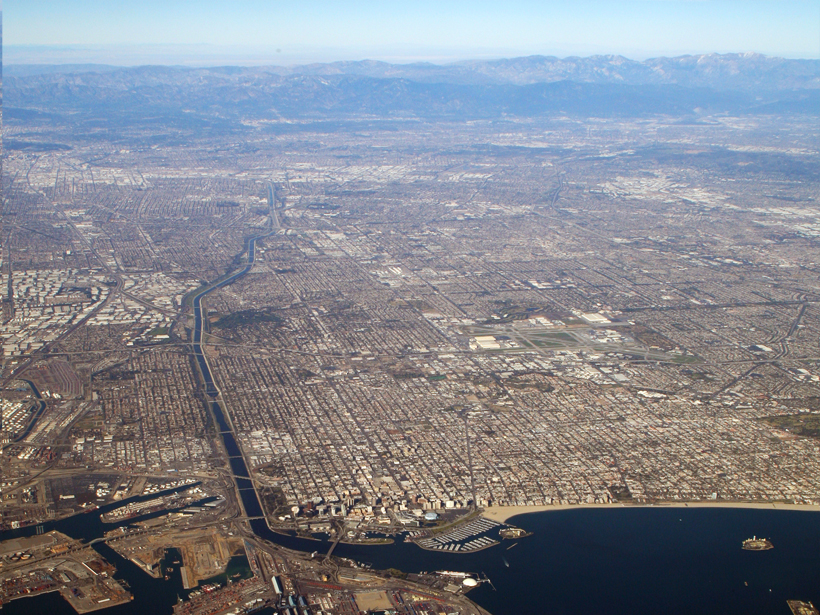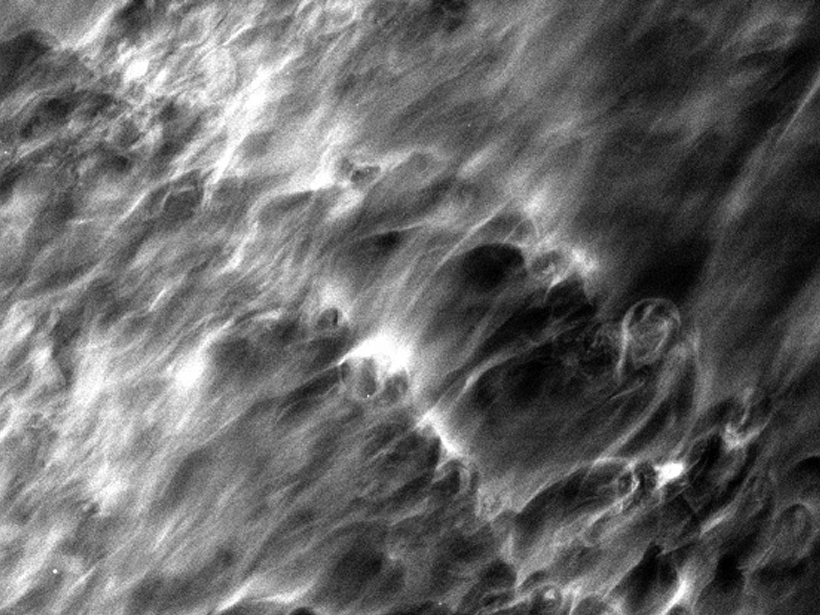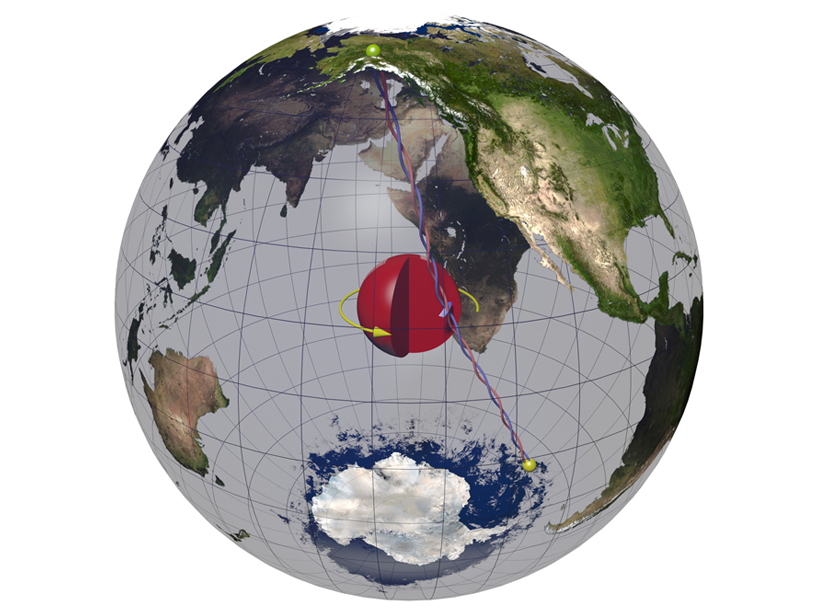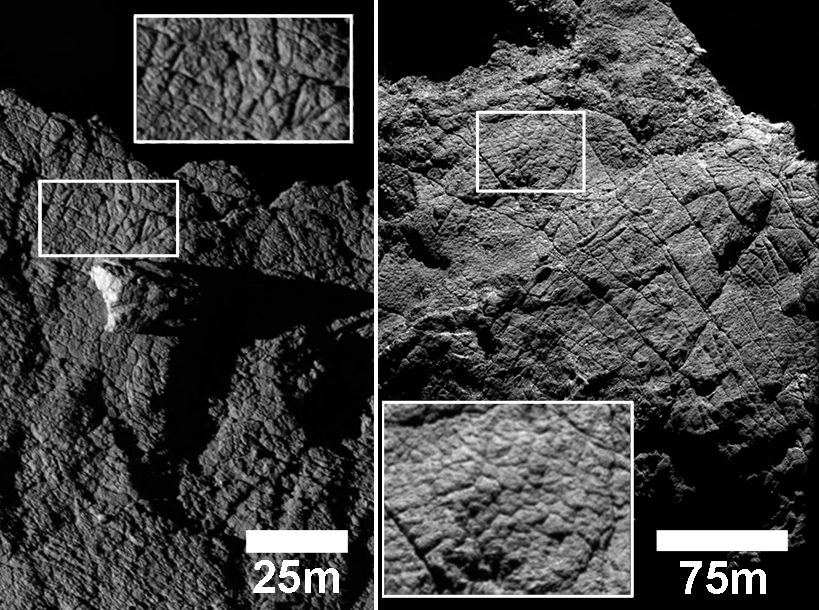Scientists use noise data collected at the Long Beach dense array to measure elusive high-frequency surface waves.
Geophysical Research Letters
First Results from the MAVEN Mission to Mars
Geophysical Research Letters publishes First Results from the MAVEN Mission to Mars, demonstrating a remarkable achievement of NASA's MAVEN team and the broader scientific community.
Imagers Seek Big Bang Signatures, Also Find Gravity Wave Effects
Imagers aboard a scientific balloon in the stratosphere serendipitously captured images of thin ice clouds that reveal instability and turbulence flows in remarkable detail.
Birthplace of Pacific Tropical Cyclones on the Move
A study says the point of origin for cyclones in the western North Pacific is moving closer to land because of warming of the tropical troposphere.
Earth's Climate Cycles Might Have an Eccentric Explanation
Mid-ocean ridge eruptions follow the cycles of tides and Earth's orbital eccentricity, indicating a possible role in long-term climate shifts.
The Enigmatic Core Properties of the Inner Earth
A new study explores the possibility of cubic iron alloy structure at our planet's core.
Tropical Deforestation Accelerated Faster Than Initially Thought
New satellite-based analysis of forest cover in the humid tropics from 1990 to 2010 contradicts previous estimates of rate of loss.
A Cooler Climate Would Trigger More Tropical Cyclones
New model reveals tropical cyclones could form at lower sea surface temperatures than previously thought.
Subsurface Craters Expose the Moon's Dramatic Past
Scientists use the gravity signature of the lunar surface to trace the history of impact cratering and its role in the Moon's evolution.
Cracks on Comets Most Likely Caused by Thermal Stress
Networks of cracks in the surface of 67P/Churyumov-Gerasimenko may have originated from rapid heating and cooling of the comet's surface.








